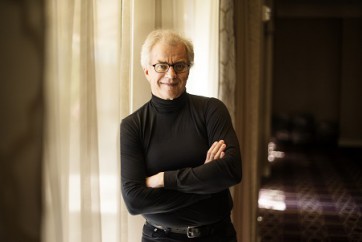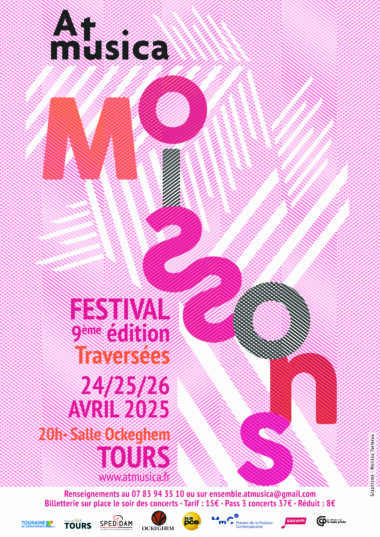Plus de détails
1-IX-2015. Lahti, Sibelius Hall. Jean Sibelius (1865-1957): The Wood-Nymph, op. 15; Symphony No. 3, op. 52; Symphony No. 4, op. 63. Sinfonia Lahti, Osmo Vänskä: conductor.
« One felt as though they could hear every detail in perfect balance. »
Although Finland is home to some of the world's greatest Sibelius interpreters and orchestras, the Sinfonia Lahti/Osmo Vänskä partnership is not only the most prolific but arguably the most enlightening. Vänskä's fanatical adherence to the score as well as his clear and searingly intense interpretations have won him deep respect in this repertoire. Not surprisingly, Vänskä's return to the Lahti Sibelius Festival was eagerly anticipated.
The evening began with The Wood-Nymph, which at over 20 minutes is one of Sibelius' lengthier tone poems. This work is actually a relatively recent addition to the repertoire, having been rediscovered in 1996.
It would not be an exaggeration to say that this evening's performance was a journey from one highlight to the next. Under Vänskä's direction, each phrase and contour was carefully shaped; one felt as though they could hear every detail in perfect balance. The funereal final section featured truly majestic yet stern brass, accompanied by yearning, soaring strings.
In contrast to the grandeur of The Wood-Nymph, Vänskä appropriately brought a comparative degree of restraint to the Symphony No. 3. The opening measures, which can sometimes come across as somewhat nondescript in less committed interpretations, was shaped with purpose and vigor. Woodwinds were lean and pungent, but tastefully so. In the second movement, Vänskä found the ideal balance between delicateness and deliberateness. Other highlights included the beautiful divided cello section solos, as well as some impossibly hushed pianissimos. The third movement felt brisk and focused; the execution of the final pages was deeply satisfying.
A much darker world followed in the Symphony No. 4. The opening low C was startling, almost an alarm, while the sense of solitude invoked by lonely cello solo was deep and frigid. Vänskä ideally captured the movement's uncertainty and the contrasts between lightness and dread. In the second movement, the juxtaposition of apparent joy and underlying darkness was effectively rendered.
Vänskä's choice of tempo in the third movement is probably the slowest among his peers. While Vänskä's interpretation may seem unnecessarily protracted for some listeners, in my opinion such a slow tempo is required to fully draw out the bare emotions in this music. In this performance, Vänskä stayed to his convictions, and brought out the true emotional core of the symphony. The transition from celebration to burial in the final movement was effective and jarring.
Vänskä seems as if he was born into this music. Everything he did–every movement, gesture, and breath–was in the service of the music. One could imagine hearing the music as Sibelius intended just by watching Vänskä conduct. Special mention goes to principal cello Ilkka Pälli for his numerous solos.
Photo Credit Osmo Vänskä: Kaapo Kamu
Plus de détails
1-IX-2015. Lahti, Sibelius Hall. Jean Sibelius (1865-1957): The Wood-Nymph, op. 15; Symphony No. 3, op. 52; Symphony No. 4, op. 63. Sinfonia Lahti, Osmo Vänskä: conductor.







